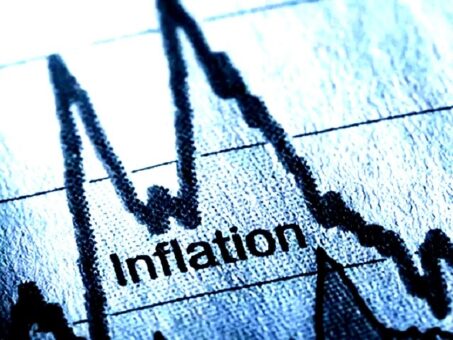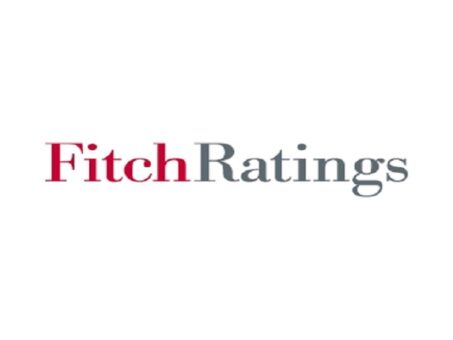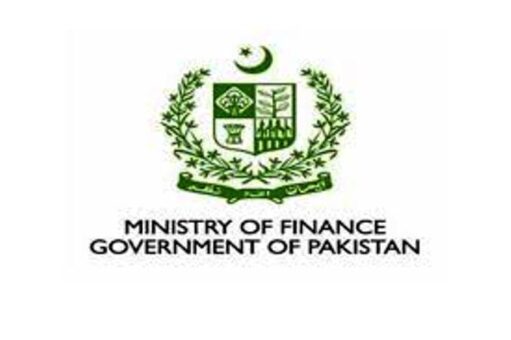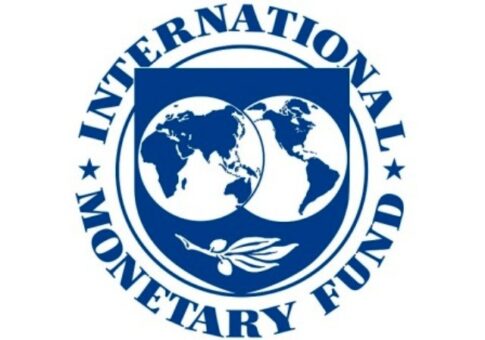ISLAMABAD: The International Monetary Fund (IMF) has supported the monetary tightening by the State Bank of Pakistan (SBP) saying that it was necessary to bring down inflation.
The IMF in a statement related to Staff Level Agreement (SLA) with Pakistan authorities, issued on Thursday said that Pakistan’s headline inflation exceeded 20 percent in June, hurting particularly the most vulnerable.
READ MORE: IMF demands Pakistan to remove fuel, energy subsidies
“In this regard, the recent monetary policy increase was necessary and appropriate, and monetary policy will need to be geared towards ensuring that inflation is brought steadily down to the medium-term objective of 5–7 percent.”
The SBP on July 07, 2022 raised the key policy rate by 125 basis points to bring it at 15 per cent. The central bank increased the policy rate from 7 per cent in September 2021 to 15 per cent by July 07, 2022.
Importantly, to enhance monetary policy transmission, the rates of the two major refinancing schemes EFS and LTFF (which have over recent months been raised by 700 basis points and 500 basis points respectively) will continue to be linked to the policy rate. “Greater exchange rate flexibility will help cushion activity and rebuild reserves to more prudent levels,” it added.
READ MORE: Foreign investment falls by 57% in 10MFY22: SBP
IMF staff and the Pakistani authorities have reached a staff level agreement on policies to complete the combined 7th and 8th reviews of Pakistan’s Extended Fund Facility (EFF). The agreement is subject to approval by the IMF’s Executive Board.
High international prices, and a delayed policy action worsened Pakistan’s fiscal and external positions in FY22, led to significant exchange rate depreciation, and eroded foreign reserves.
The immediate priority is to stabilize the economy through the steadfast implementation of the recently approved budget for FY23, continued adherence to a market-determined exchange rate, and a proactive and prudent monetary policy. It is important to expand social safety to protect the most vulnerable, and accelerate structural reforms including to improve the performance of state-owned enterprises (SOEs) and governance.
READ MORE: Current account deficit swells to $13.78 bn in 10 months
The IMF team has reached a staff-level agreement (SLA) with the Pakistan authorities for the conclusion of the combined seventh and eight reviews of the EFF-supported program.
The agreement is subject to approval by the IMF’s Executive Board. Subject to Board approval, about $1,177 million (SDR 894 million) will become available, bringing total disbursements under the program to about $4.2 billion. Additionally, in order to support program implementation and meet the higher financing needs in FY23, as well as catalyze additional financing, the IMF Board will consider an extension of the EFF until end-June 2023 and an augmentation of access by SDR 720 million that will bring the total access under the EFF to about US$7 billion.
READ MORE: Import ban not to apply on L/C issued before May 19, 2022
Following are the key points of IMF statement:
“Pakistan is at a challenging economic juncture. A difficult external environment combined with procyclical domestic policies fueled domestic demand to unsustainable levels. The resultant economic overheating led to large fiscal and external deficits in FY22, contributed to rising inflation, and eroded reserve buffers.
“To stabilize the economy and bring policy actions in line with the IMF-supported program, while protecting the vulnerable, policy priorities include:
Steadfast implementation of the FY2023 budget. The budget aims to reduce the government’s large borrowing needs by targeting an underlying primary surplus of 0.4 percent of GDP, underpinned by current spending restraint and broad revenue mobilization efforts focused particularly on higher income taxpayers. Development spending will be protected, and fiscal space will be created for expanding social support schemes. The provinces have agreed to support the federal government’s efforts to reach the fiscal targets, and Memoranda of Understanding have been signed by each provincial government to this effect.
Catch-up in power sector reforms. On the back of weak implementation of the previously agreed plan, the power sector circular debt (CD) flow is expected to grow significantly to about PRs 850 billion in FY22, overshooting program targets, threatening the power sector’s viability, and leading to frequent power outages. The authorities are committed to resuming reforms including, critically, the timely adjustment of power tariff including for the delayed annual rebasing and quarterly adjustments, to improve the situation in the power sector and limit load shedding.
Reducing poverty and strengthen social safety. During FY22, the unconditional cash transfer (UCT) Kafalat scheme reached nearly 8 million households, with a permanent increase in the stipend to PRs 14,000 per family, while a one-off cash transfer of PRs 2,000 (Sasta Fuel Sasta Diesel, SFSD) was granted to about 8.6 million families to alleviate the impact of rampant inflation. For FY23, the authorities have allocated PRs 364 billion to BISP (up from PRs 250 in FY22) to be able to bring 9 million families into the BISP safety net, and further extend the SFSD scheme to additional non-BISP, lower-middle class beneficiaries.
Strengthen governance. To improve governance and mitigate corruption, the authorities are establishing a robust electronic asset declaration system and plan to undertake a comprehensive review of the anticorruption institutions (including the National Accountability Bureau) to enhance their effectiveness in investigating and prosecuting corruption cases.
“Steadfast implementation of the outlined policies, underpinning the SLA for the combined seventh and eighth reviews, will help create the conditions for sustainable and more inclusive growth. The authorities should nonetheless stand ready to take any additional measures necessary to meet program objectives, given the elevated uncertainty in the global economy and financial markets.
“The IMF team thanks the Pakistani authorities, private sector, and development partners for fruitful discussions and cooperation during the discussions.”







